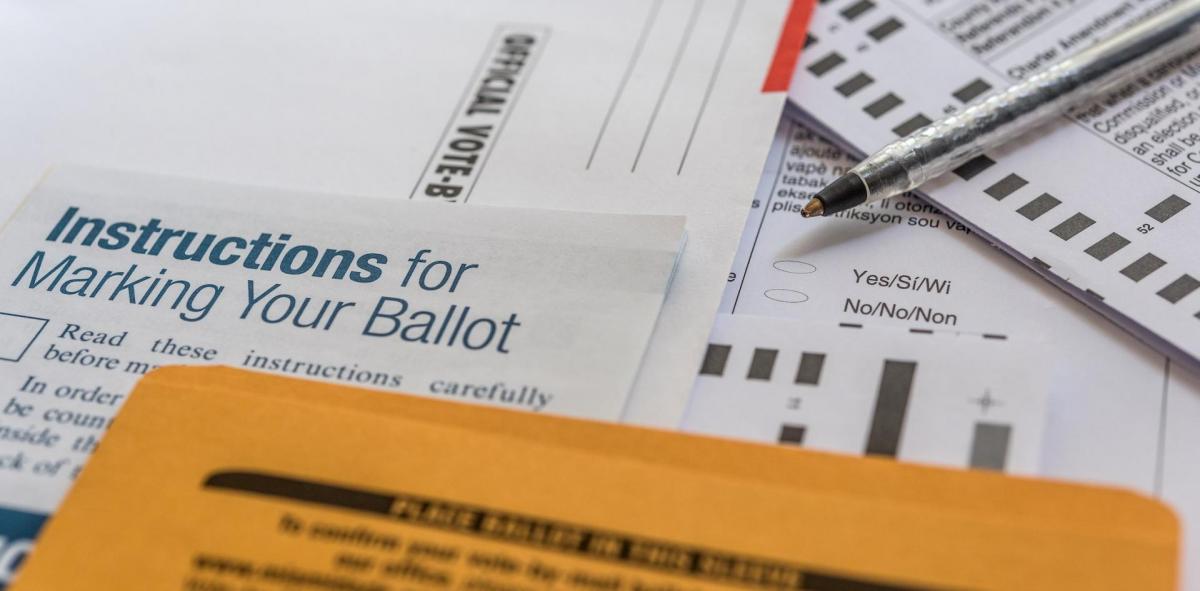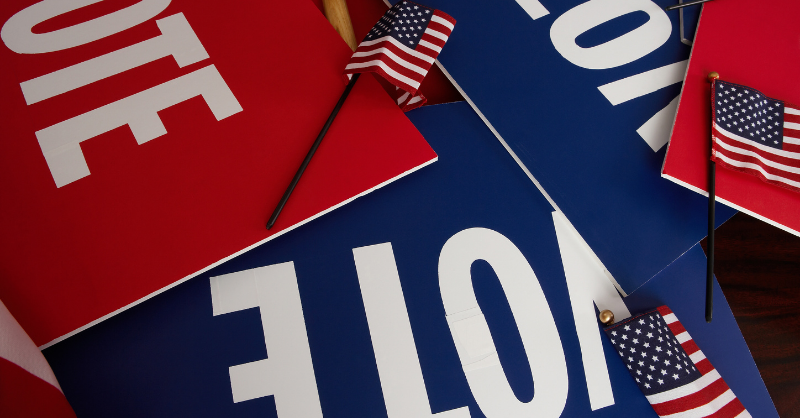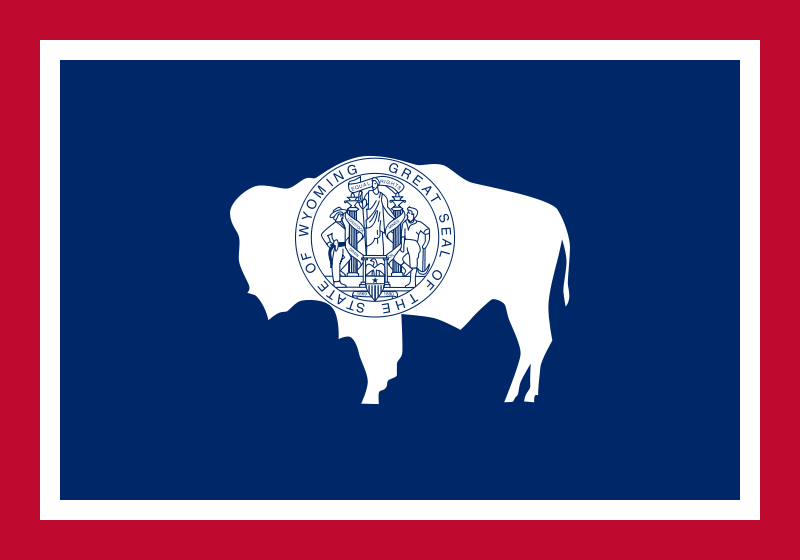Tag: wyoming
-
Indiana joins Kansas, Kentucky, and Wyoming in enacting laws to restrict foreign contributions to ballot measure campaigns—the highest number passed in a single year

So far, during the 2025 legislative sessions, four states—Indiana, Kansas, Kentucky, and Wyoming—have enacted new laws restricting foreign contributions to ballot measure campaigns. With these additions, 13 now have laws prohibiting foreign nationals, governments, or other entities from contributing to ballot measure committees. The 13 states with such laws are California, Colorado, Indiana, Kansas, Kentucky,…
-
2025 marks record year as Kansas, Kentucky, and Wyoming join states with laws restricting foreign contributions to ballot measure campaigns

So far, during the 2025 legislative sessions, three states—Kansas, Kentucky, and Wyoming—have enacted new laws restricting foreign contributions to ballot measure campaigns. With these additions, 12 now have laws prohibiting foreign nationals, governments, or other entities from contributing to ballot measure committees. The 12 states with such laws are California, Colorado, Kansas, Kentucky, Maine, Maryland,…
-
Wyoming is 10th state to enact a ban on foreign nationals contributing to ballot measure campaigns

Wyoming is the 10th state to enact restrictions on foreign contributions to ballot measure campaigns. On March 6, Gov. Mark Gordon (R) signed House Bill 337 (HB 337), banning foreign nationals from donating directly or indirectly to ballot measure committees. The other nine states are California, Colorado, Maine, Maryland, Nevada, North Dakota, Ohio, South Dakota,…
-
Wyoming gov. vetoes bill allowing state legislators to nullify agency rules

What’s the story? Wyoming Governor Mark Gordon (R) vetoed Senate File (SF) 0127 on March 4, 2025. The bill was designed to create a process for legislators to disapprove of and nullify executive agency regulations. Wyoming has a Republican trifecta. The final version of SF127 approved by the legislature was designed to require the Wyoming…
-
Nine states have new initiative signature requirements heading into the 2025-2026 election cycle

Heading into the 2025-2026 election cycle, signature requirements for citizen-initiated measures changed in nine states. Turnout on Nov.5, 2024, caused signature requirements for citizen-initiated ballot measures to change in seven states. Two other states changed their requirements based on the number of registered voters. The average change was a 12.47% increase. Changes ranged from a…
-
Wyoming voters to decide on ballot initiative to exempt 50% of home property value from taxes, the first initiative to appear on the state’s ballot in 30 years

Wyoming voters will decide on a ballot initiative at the Nov. 3, 2026, election—the first initiative to reach the ballot in 30 years. The ballot initiative would create a homeowner’s property tax exemption. This would exempt 50% of a primary residence’s assessed value. To qualify, homeowners must have lived in the state for at least…
-
Update on 2025 and 2026 ballot measure certifications: Ohio certifies one for 2025, Wyoming certifies one for 2026
The number of certified ballot measures for 2025 and 2026 is trending above the average as of Jan. 7, 2025. For 2025, five statewide ballot measures have been certified in two states—Louisiana and Ohio. Five is two measures above the average (three) for this point in an odd-numbered year election cycle since 2010. For 2026,…
-
63% of elections in Wyoming are uncontested

Of 505 regular elections in Wyoming—320 (63%) are uncontested. An uncontested election is one where the number of candidates on the ballot is less than or equal to the number of seats up for election. Of the 26 states where Ballotpedia is covering every election on Nov. 5, Wyoming has the 13th highest rate of…
-
Three presidential tickets will appear on the ballot in Wyoming this November

Wyoming’s Nov. 5, 2024, general election ballot will feature three presidential candidates and their running mates. They are: This is the fewest candidates on Wyoming’s presidential ballot since at least 2008. In 2020, Wyoming’s ballot had four candidates: Joe Biden (D), Trump, Jo Jorgensen (L), and Brock Pierce (Independent). Trump won Wyoming that year with…
-
All incumbents re-elected in Wyoming State Senate Republican primaries

Elections for the Wyoming State Senate will take place in 2024. The general election is on November 5, 2024. The primary was Aug. 20, 2024. The filing deadline was May 31, 2024. There were 11 contested Republican primaries for the Wyoming State Senate that took place on Aug. 20, 2024. Ballotpedia identified eight of those…

